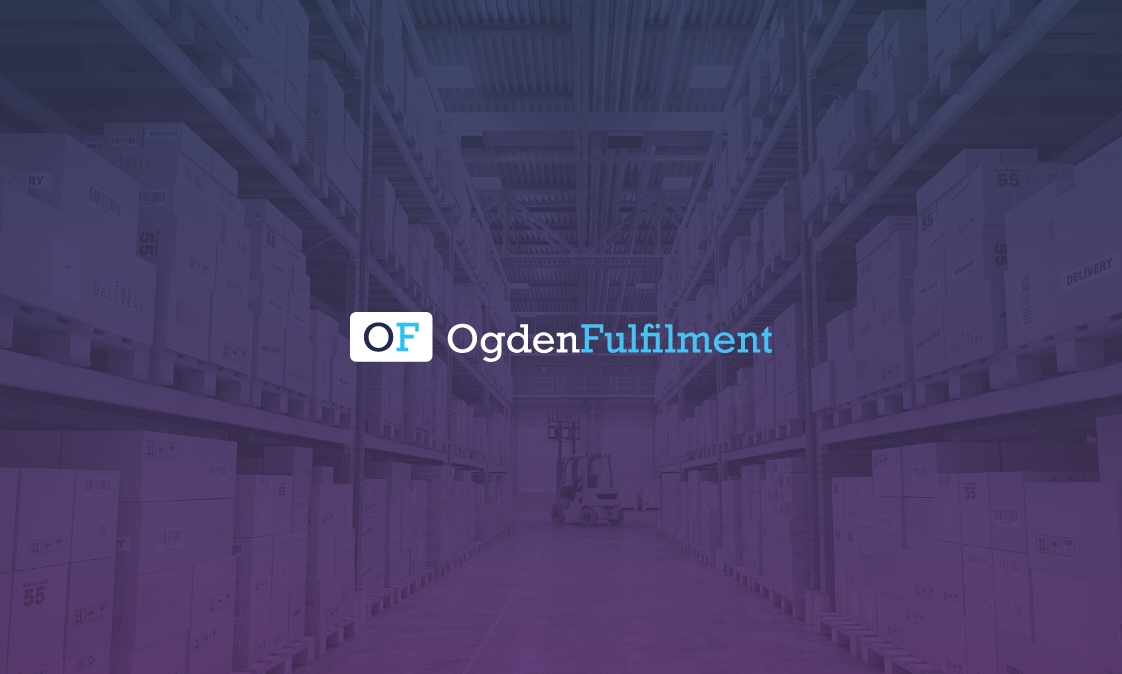Making your store more authentic and transparent
01/02/2020 | Share:
There are a large number of factors that affect whether a customer buys from your e-commerce store or not. One of these factors is the perceived authenticity and transparency of your website and, therefore, your business. Authenticity and transparency build trust. And trust is an important part of securing a sale.
As an e-commerce business, this is particularly important, as the buying and selling take place with little to no human interaction. It’s a fact of your business model and what makes it work so well. However, you can’t physically see who you’re buying from (like you would in a brick and mortar store) and people don’t generally like that. It’s a benefit and a drawback of online shopping.
So how do you create authenticity and transparency? We’ve come up with a few ideas that will help people trust your business more.
Be more human
We’ve already mentioned that people like to see who they’re buying from and the only way to do that online (without having a video call for every customer) is to add some human elements to your site.
You could start by adding images and videos of your employees to your webpages or changing the way you address your website visitors in your copy. Too many stock photos and a rigid tone of voice can seem very impersonal. Make sure that when people arrive at your online store, they feel as welcome as they would if it were a brick and mortar store.
Share what’s behind the brand
Nothing works better to show transparency and authenticity than sharing what goes on behind the scenes. People love to learn about these kinds of things – it’s educational and entertaining for them, but it also shows something people can relate to, genuine people working for the company.
The best place to share this sort of content is on social media, the blog of your website or even both! Perhaps there’s something exciting going on in your company or in the industry. You could even share some of your business processes that people don’t normally get to see. Be creative with your content!
Leverage reviews and existing customers
The best way to build trust is by leveraging the positive experiences of satisfied customers. If people can see that someone has already had a positive experience, they’re more likely to trust you. It’s the modern word of mouth. This can be a little difficult until you make some sales in the first place, which is why it’s crucial to provide a high level of customer service from the very start.
Once you have some happy customers, you can share their stories as testimonials or blog posts. How personal it gets depends on what information they allow you to use. You could even check out the Google reviews you’ve acquired and use these on your website.
Don’t hide anything
If you look like you’ve got something to hide, people will be suspicious of you. This is why we advise you clearly display your contact details on your site (including a phone number, email and address) so people can get in touch. It’s convenient to have a contact form, but it’s the most impersonal method of contact. Remember what we said about being more human?
This also applies to making sure you have any terms and conditions, cookie policies, privacy policies and returns policies on your website. Spelling out clearly what to expect lets customers know there’s no hidden agenda.
Retain your customers
Making a sale is great, but if you’re looking to become more human you should try and build loyalty and keep customers coming back. Your business model shouldn’t be focussed on making a single sale and then be done with it.
Whether it’s Business to Consumer (B2C) or Business to Business (B2B), you want to foster a relationship with your customers, just like you would with a friend or colleague. With these relationships in place, your customers are highly likely to trust you and may even become advocates of your brand. To help this happen make sure that you come across as authentic and transparent.






